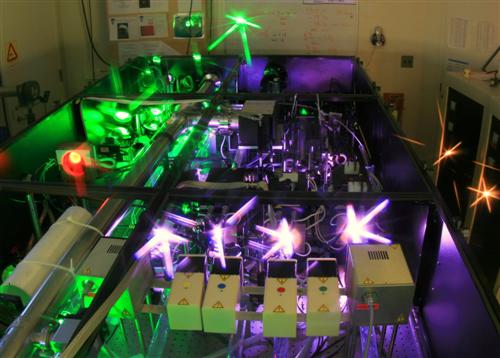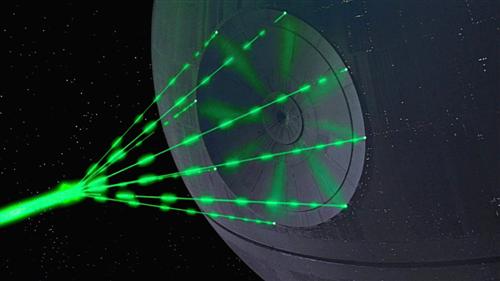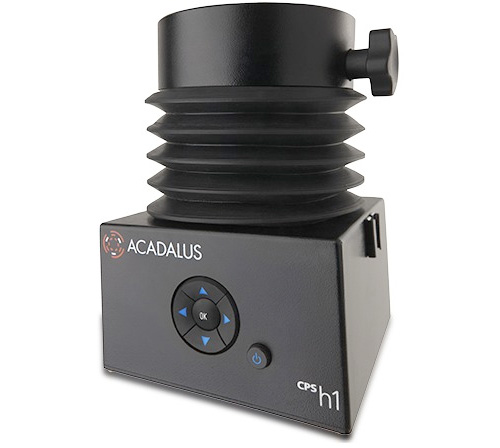
By Evan Ackerman
If, like I often do, you dream of holding up a magnifying glass the size of the planet Earth and using it to concentrate all of the sun’s energy onto a spot the size of a grain of sand, you’d just about duplicate the 300 terawatt intensity of the University of Michigan’s new HERCULES titanium-sapphire laser. For the record, 300 terawatts is 300 times the sustained capacity of the US electrical grid, and the only reason that we don’t notice our power being rerouted 300 days out of the year is that the HERCULES laser pulses only last a couple millionths of a billionth of a second and are concentrated onto an area about 1/100 the diameter of a human hair. Besides being totally awesome, HERCULES may help develop better proton and electron beams for radiation treatment of cancer. Scientists also think it could help them create fusion energy, and it might even be capable of “boiling the vacuum,” where a laser of sufficient intensity is able to “generate matter by merely focusing light into empty space.” Holy cow.
After the jump, see how HERCULES stacks up to the Death Star.

According to the Star Wars Wiki (which we all know is a definitive and reliable source), the Concave Dish Composite Beam Superlaser on the second Death Star could (before it was blown up a long long time ago in a galaxy far far away) output up to 1 * 10^38 watts, which is… Ummm… Way way way beyond the yottawatt (at 1 * 10^24) which is the largest SI prefix that I can find. So, if my 3am math is correct, the Death Star’s superlaser is roughly 3 septillion times more powerful than the HERCULES. I’m notoriously lousy at math involving lasers, so feel free to correct me if when necessary. I’m not even going to attempt to compare either one of these lasers to this.
[ Press Release ] VIA [ Physorg ]

.jpg)



